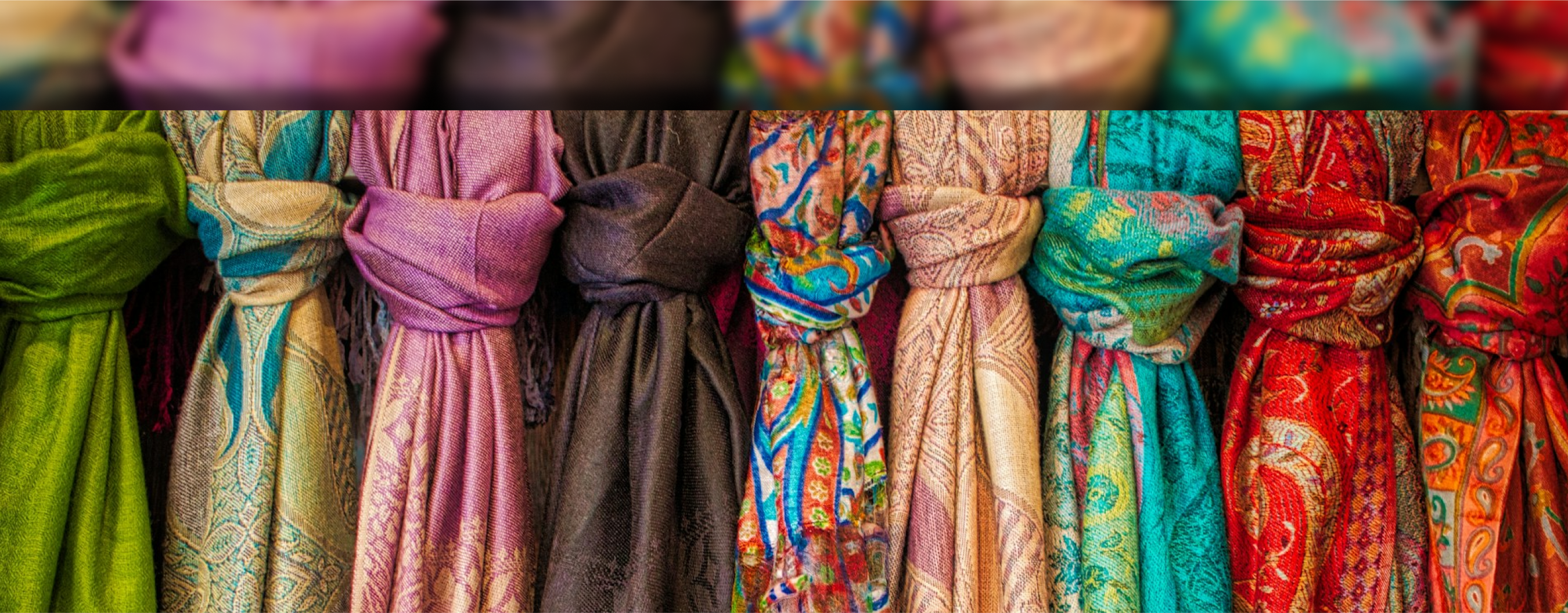
CELEBRATING BATIK : GUIDING WHEN TO WEAR INDONESIA’S CULTURAL GEM
Feature page photo by Roberto Lopez on Unsplash
The intricate designs and vibrant colors of Indonesian Batik have long captivated the gaze of both art aficionados and fashion enthusiasts around the globe. However, beyond its aesthetic appeal, Batik holds a profound cultural significance that dictates not just how it is made, but crucially, when it is worn. Understanding the cultural contexts and occasions suitable for wearing Batik can deepen our appreciation and enhance our approach to incorporating this heritage fabric into modern wardrobes.
In Indonesia, Batik is more than just clothing; it is a symbol of respect and festivity. Traditionally, Batik with intricate patterns like the 'Keraton'—reserved for royalty—are worn during formal ceremonies and weddings. Each pattern signifies different cultural values and social status. Learning to distinguish between these patterns can offer insights into the rich tapestry of Indonesian societal structures and traditions.

Keraton , Yogyakarta - Photo by Farano Gunawan on Unsplash
Not all Batik are reserved for high ceremonies. The more simple and geometric patterns, often seen in casual Batik wear, are suitable for daily activities. From going to the marketplace to attending a casual office meeting, these Batiks provide a comfortable yet culturally rooted attire option. This ubiquitous use in everyday life demonstrates Batik's versatility and enduring relevance in Indonesian culture.
The need-to-know general meaning of different patterns might help in finding which one to wear and when. Example: wearing KORPRI batik, as KORPRI batik only worn by civil servants or wearing Huk batik motif in a palace event, as it is considered rude to wear certain motifs in the palace. The special wearing rules and strong characteristics of social empowerment in the batik tradition, is the ultimate guidance.

Indonesia's President "Jokowi " wears Batik KORPRI at opening the National Work Meeting of the Civil Servants Corps
In Javanese culture, the geometrically arranged Kawung motif is interpreted as a symbol of human life. In other words, this batik motif reminds people not to forget their origins. Still originating from the Solo and Yogyakarta areas, Sekar Jagad is a traditional batik motif with philosophical values.
During specific festivals like Kartini Day, where Indonesians commemorate the role of women in the nation's history, or on Independence Day, wearing Batik becomes a patriotic act. Selecting Batik for these occasions involves choosing patterns that reflect the spirit of the celebration, with bright colors and bold designs taking centre stage to symbolise joy and national pride.
Wearing Batik isn't just about fashion; it's a way to connect with cultural identity and history. Every thread and color in Batik holds stories from the past, deserving respect and appreciation. When we wear Batik, we become part of a bigger story, connecting with Indonesian heritage beyond borders. It's a way of showing respect and honour for the culture.



Leave a comment
This site is protected by hCaptcha and the hCaptcha Privacy Policy and Terms of Service apply.